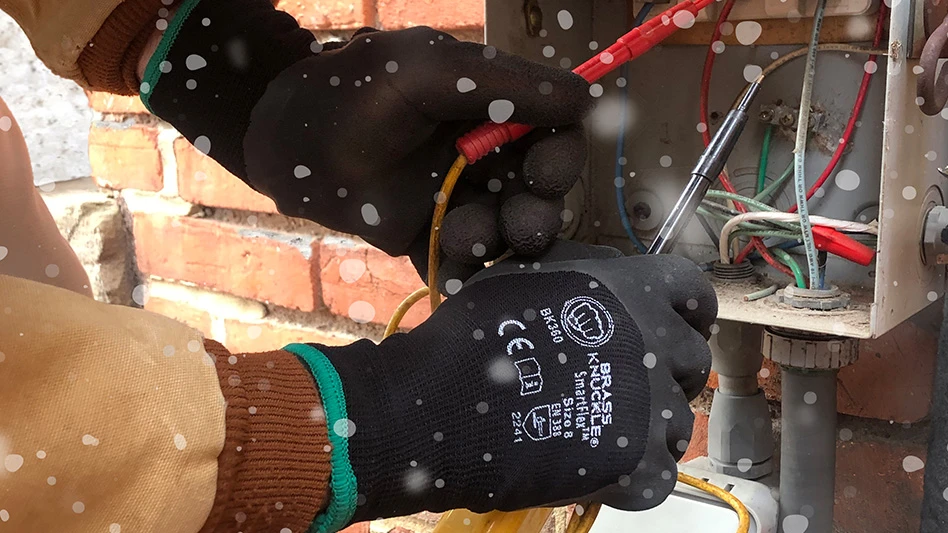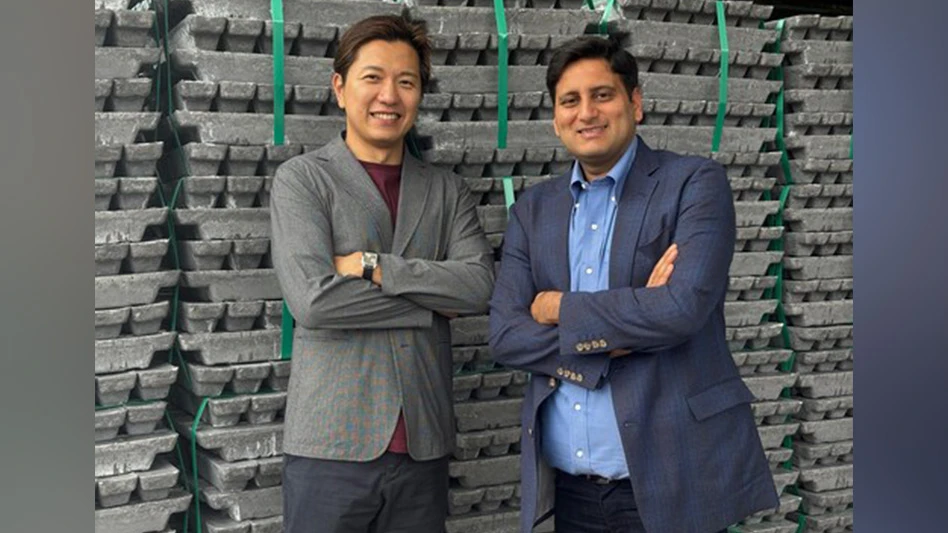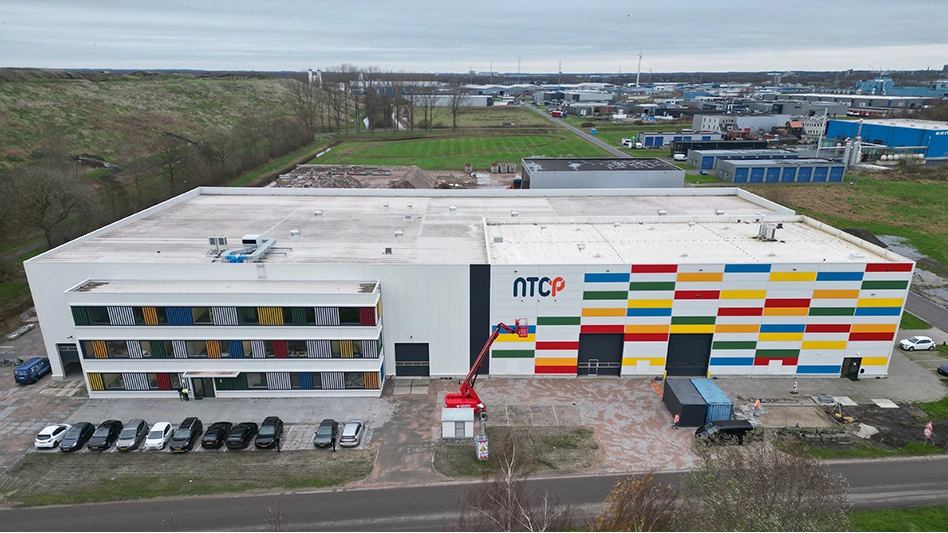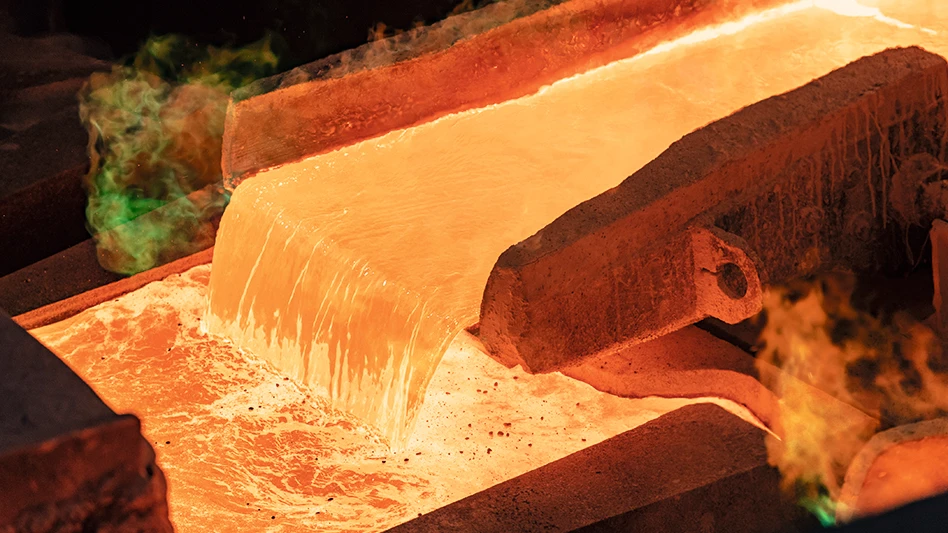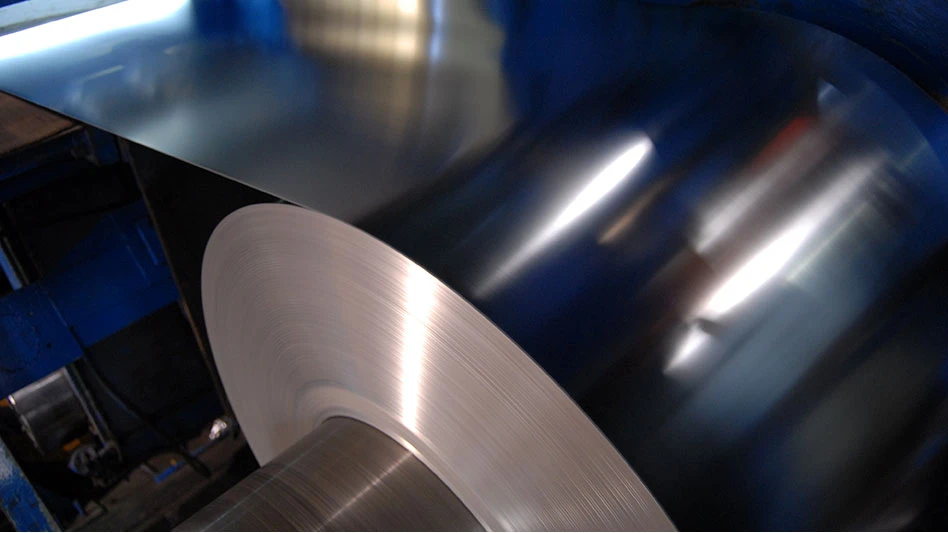
E-Cycle Wisconsin
A landfill and incinerator ban for many types of end-of-life electronics went into effect in Wisconsin in 2010.
As part of the law, electronics manufacturers must meet annual recycling targets based on the weight of products the manufacturer sells in the state. Through the E-Cycle Wisconsin, a statewide, manufacturer-funded program that recycles end-of-life electronics from homes and schools, electronics manufacturers make agreements with registered collectors and recyclers to meet state targets. The recyclers then disassemble and process the end-of-life materials, including cathode ray tube (CRT) glass, batteries and plastics, to be made into new products.
“For collectors and recyclers, they can choose to participate in the program if they’re working on behalf of a manufacturer,” said Sarah Murray, E-Cycle Wisconsin coordinator for the Wisconsin Department of Natural Resources (DNR).
Murray recently reported the results of the E-Cycle Wisconsin program during a webinar comparing participation and recycling rates from when the program began 10 years ago to 2019.
Overall, 253 brands, 169 manufacturers, 118 collectors and 14 recyclers participated in the program in 2019, which is down from the 134 collectors and 25 recyclers that registered during the program’s peak in 2013. Murray said participation is down because haulers or electronics recyclers are partnering with municipalities to host their own collection events. She adds DNR is working to consolidate collection events in the state as well as expand collection sites to rural areas.
More than 500 sites registered as permanent or event/temporary collection sites in 2019, including businesses, governments, retailers and nonprofits. Between 2018 and 2019, the program collected 304 million pounds of electronics.
Murray said collection is down about 40 percent compared with 2013, in part, because manufacturers are producing lighter devices as well as people storing electronics in their homes. According to a statewide household survey, DNR estimates 9.3 million unused devices in Wisconsin homes, of which 22 percent are televisions, 30 percent are computers and 51 percent are cellphones.
Excess collection
About 80 percent of electronics collected in the program are recycled in Wisconsin with the rest of the products going to out-of-state recyclers in Illinois and Ohio through mail-back programs.
A big challenge in the state is excess collection or collection “gaps” where nonregistered collectors partner with municipalities to host collection events and the collected devices don’t end up going to registered recyclers. About 11 million, or 4 percent, of the electronics collected by vendors have not gone to registered recyclers, Murray said. In addition, 90 percent of active collectors have started charging fees for certain items, including TVs.
“There’s less free recycling,” Murray said. “Some municipal sites have had to increase their fees to make sure their costs are covered. If it’s too expensive, they’ll look for a cheaper vendor for collection events.”
Markets for CRT glass, flat panels, batteries and plastics also have been challenging, Murray added, as some of the smelters and glass manufacturers have shut down. Tiles/ceramic end markets in the Midwest and Brazil remain viable, she said, as well as other alternative end markets that use glass for road aggregate.
Addressing barriers
According to a DNR survey, about 35 percent of people don’t know where or how to recycle electronics. The survey also reveals 13 percent are concerned about data security and 22 percent say electronics recycling is too expensive.
“Data security is going to be an increased concern,” Murray said. “We need to make sure collection sites are keeping data security in mind. There might be a potential to have more data and shredding sanitization options at collection events for consumers.”
She added, “Long-term, we’re trying to get away from so many end-of-life recycling fees and make sure there’s access to electronics recycling in rural areas.”
To help ensure compliance through the program, DNR conducts annual inspections of registered recyclers as well as inspections at 60 collection sites per year. DNR also hosts workshops to inform electronics collection sites about best management practices and handling.
Murray said the state is having issues with weight-based manufacturer collection and recycling targets. DNR makes annual recommendations to the legislature to improve the electronics recycling law. A bill to reduce or eliminate registration fees for small manufacturers, expand collection sites to all K-12 schools and require manufacturers to report urban and rural pounds collected was introduced in the state early 2019, she said.
DNR also has embarked on writing rules to support the law, which should be finalized by 2022.
“We haven’t written any rules for the law since it passed 10 years ago,” Murray said. “We want to put in place some of the existing practices and procedures we have set up for reporting to help manufacturers and recyclers meeting obligations. One thing we want to look at is a statue for manufacturers to get credit for recyclable materials and to determine what grades of plastics are recyclable or disposable.”
Latest from Recycling Today
- AISI, Aluminum Association cite USMCA triangular trading concerns
- Nucor names new president
- DOE rare earths funding is open to recyclers
- Design for Recycling Resolution introduced
- PetStar PET recycling plant expands
- Iron Bull addresses scrap handling needs with custom hoppers
- REgroup, CP Group to build advanced MRF in Nova Scotia
- Oregon county expands options for hard-to-recycling items

